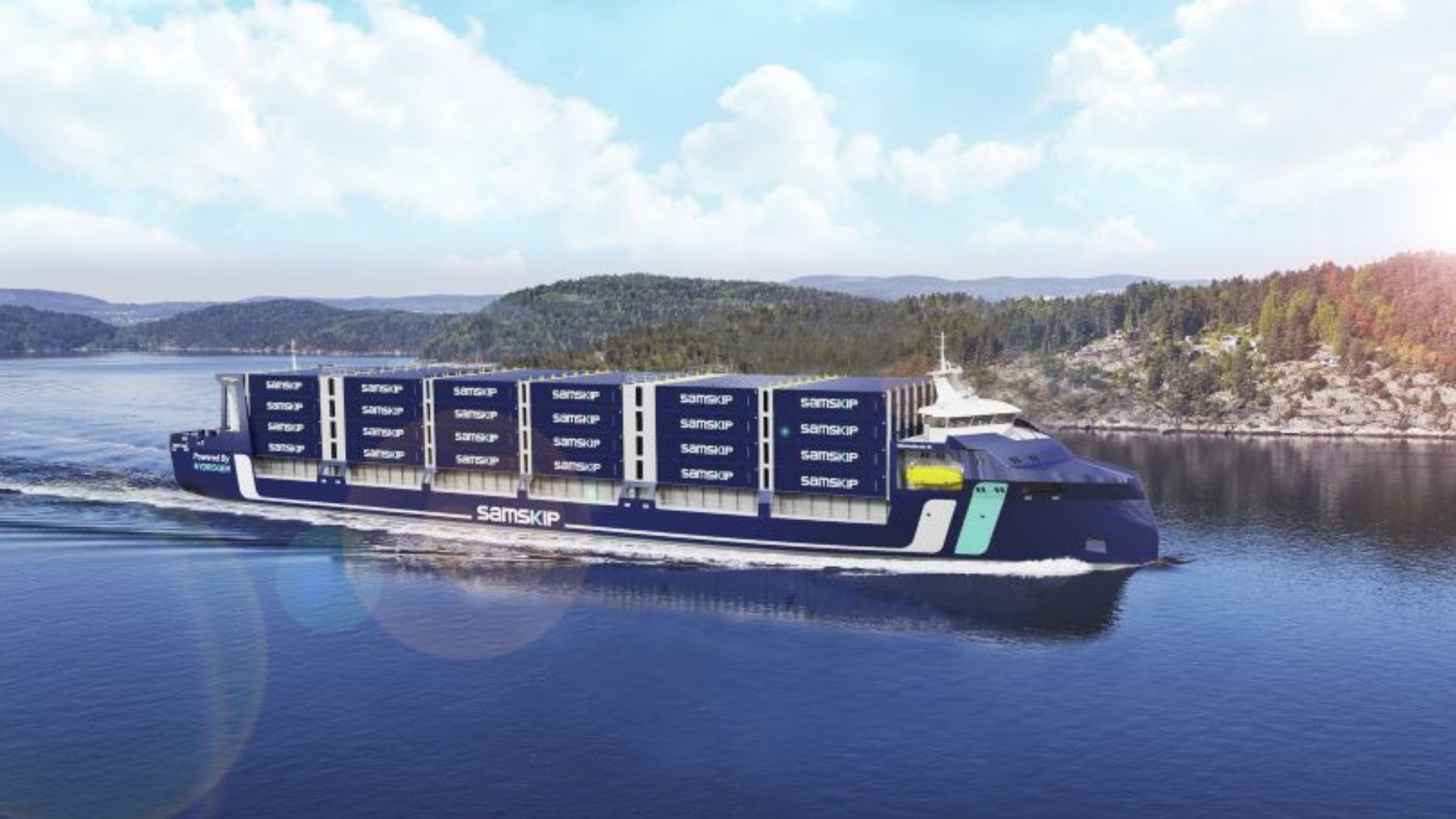Ballard Power Systems has announced one of its largest marine sector deals to date—a 6.4 MW fuel cell engine order from eCap Marine. The German
Author: Greenh2 team
Bloom Energy (NYSE: BE) has announced a major deployment of its fuel cell technology at select Oracle Cloud Infrastructure (OCI) data centers in the United
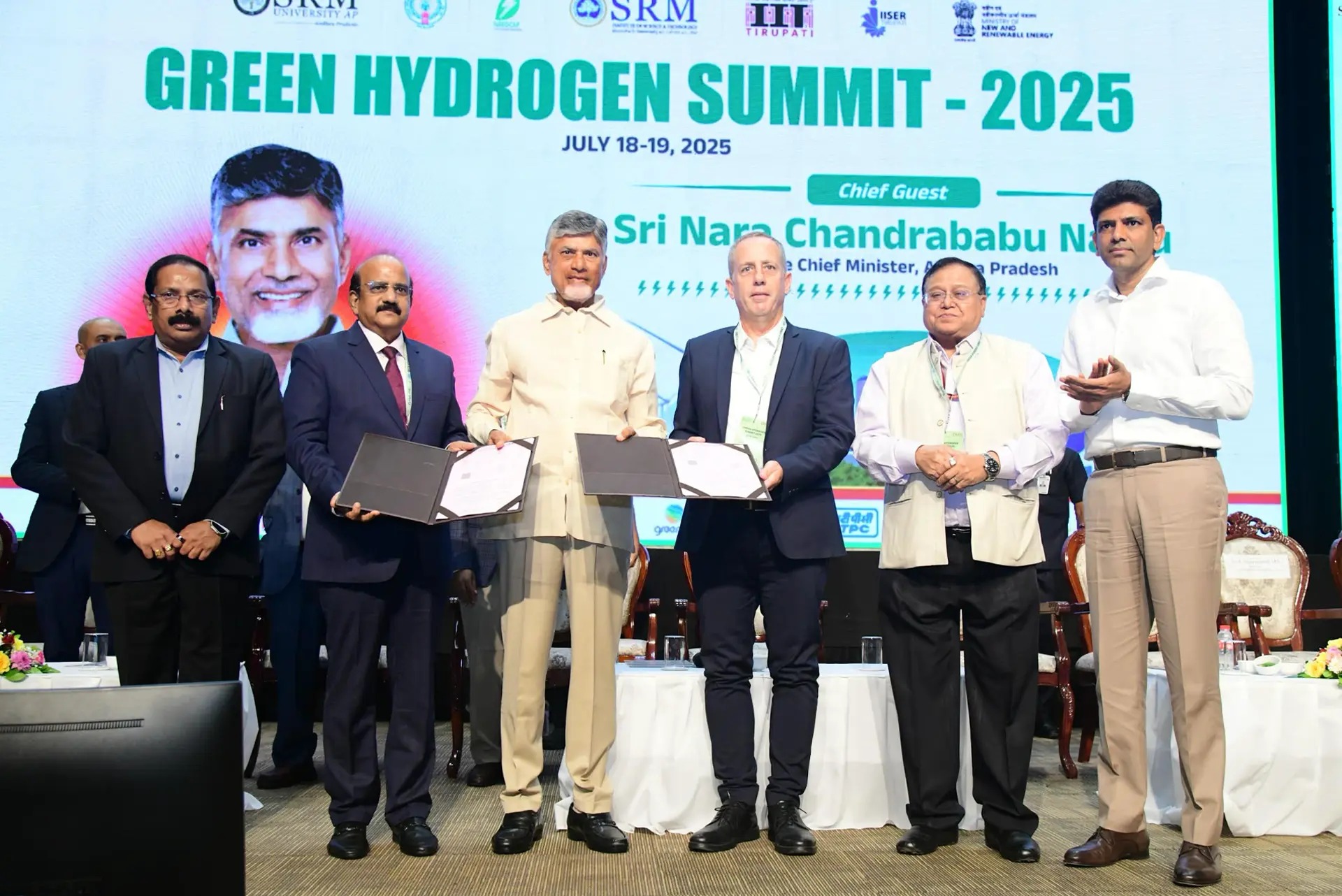
UK-based green hydrogen and ammonia developer YamnaCo Ltd has signed a Memorandum of Understanding (MoU) with the New and Renewable Energy Development Corporation of Andhra
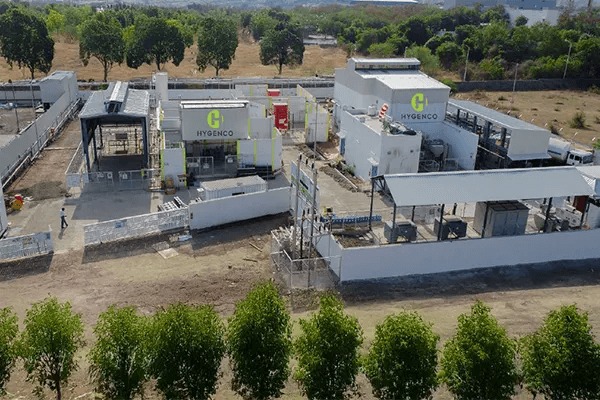
STL [NSE: STLTECH], a global leader in optical and digital network solutions, has taken a groundbreaking step in sustainable manufacturing by partnering with Hygenco Green
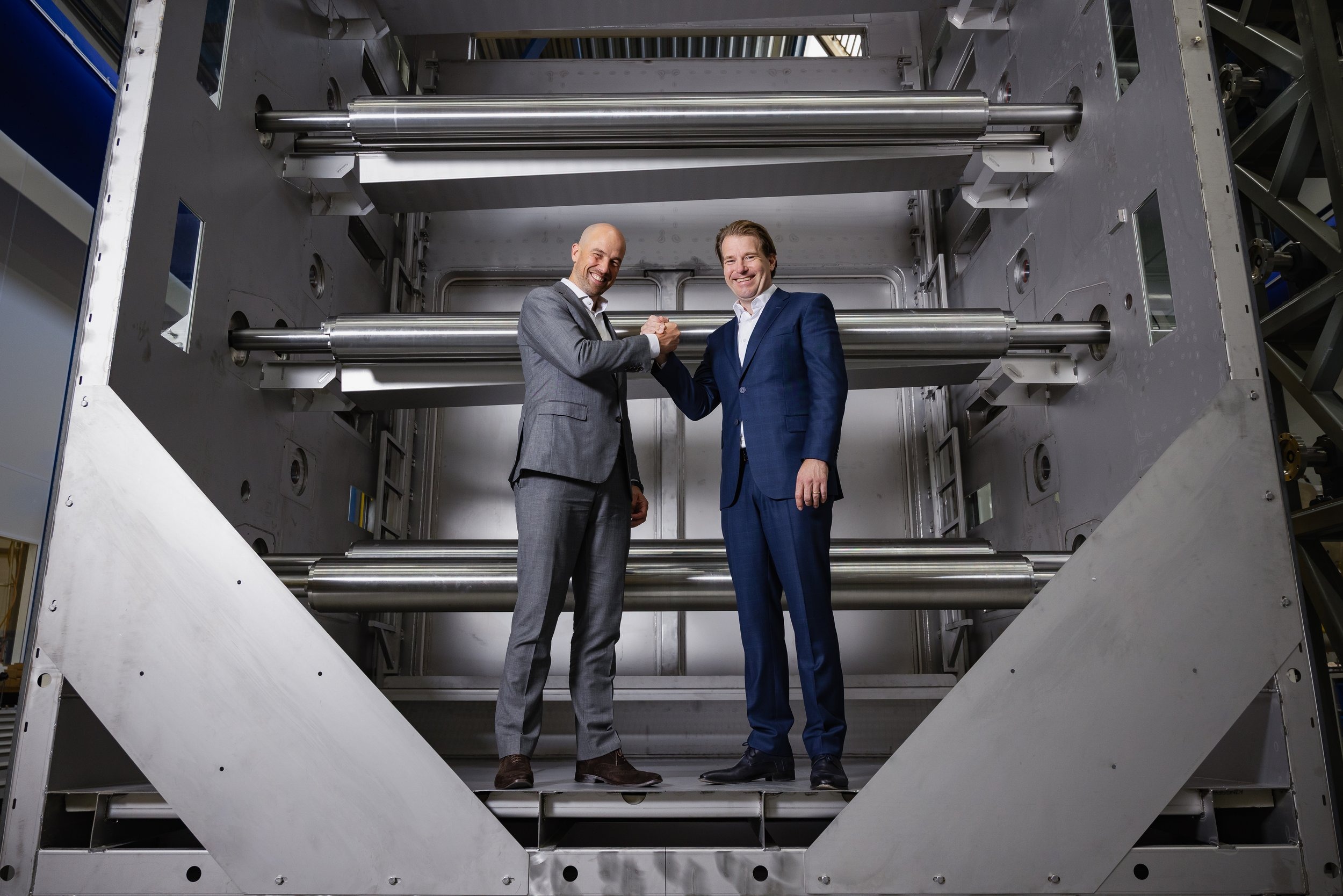
In a bold step to accelerate the hydrogen economy, Battolyser Systems and VDL Hydrogen Systems have agreed to merge their electrolyser development operations into a
Hydrogen is no longer just a promise — it’s taking off. PowerCell, a leading developer of hydrogen fuel cell systems, has delivered its strongest quarter
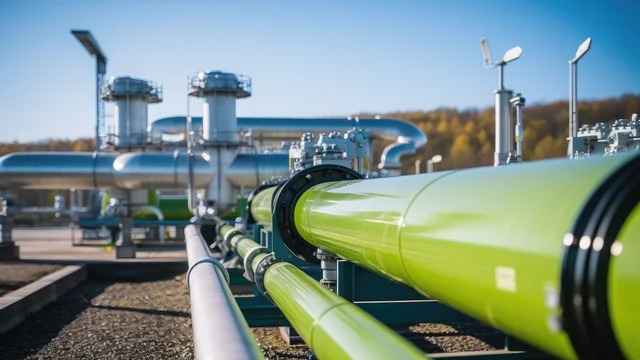
Black & Veatch has successfully completed the Front-End Engineering Design (FEED) for the Whitelee Green Hydrogen Project, a flagship green hydrogen initiative led by ScottishPower
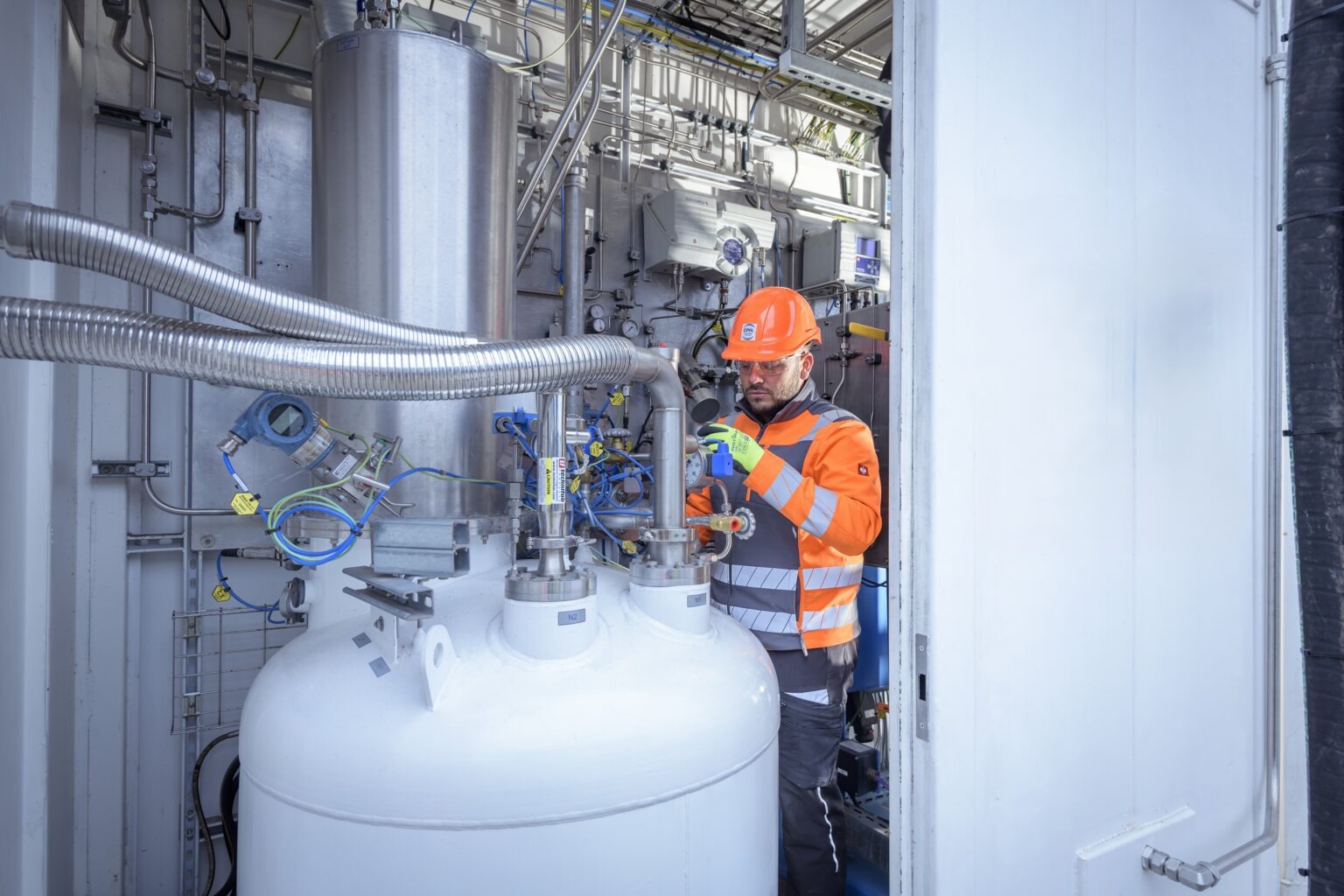
CPH2 (Clean Power Hydrogen) has officially launched its first licensed manufacturing partnership by submitting its full design and manufacturing documentation to Lisheen H2 Energy Park
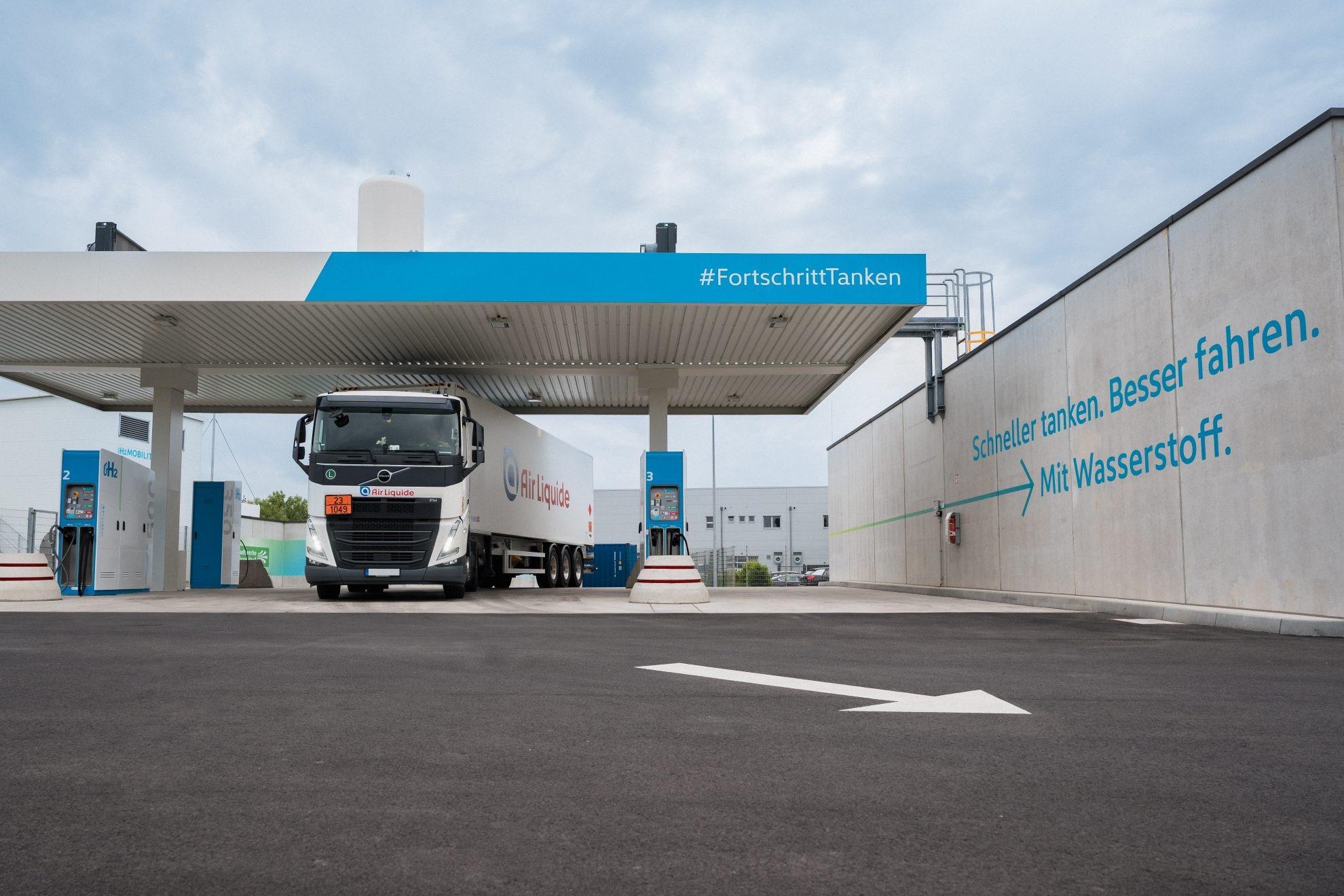
In a major step toward climate-neutral mobility, Air Liquide and H2 MOBILITY have signed a multi-year supply agreement for certified RFNBO renewable hydrogen* to serve
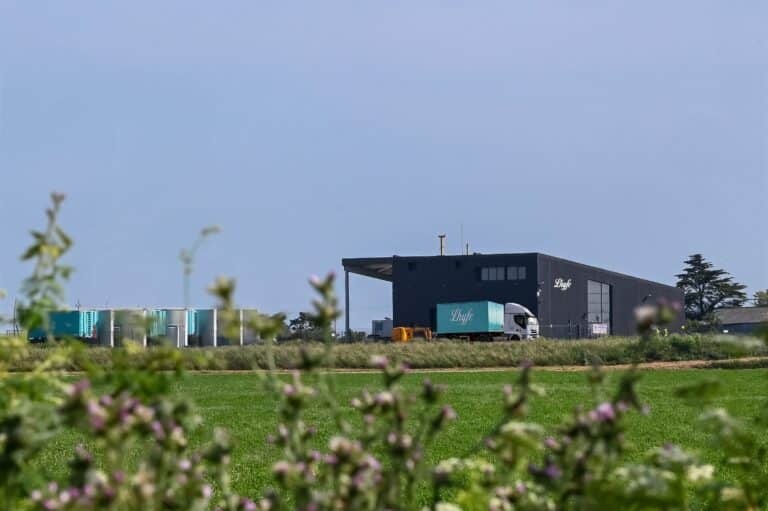
Lhyfe (EURONEXT: LHYFE), a trailblazer in renewable hydrogen production, has officially delivered France’s first batches of RFNBO-certified green hydrogen from its flagship site in Bouin,

